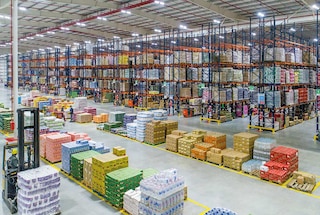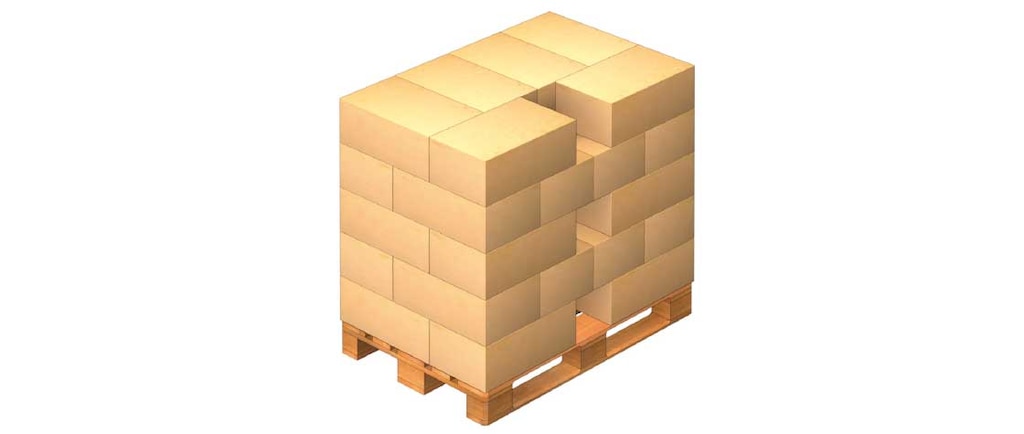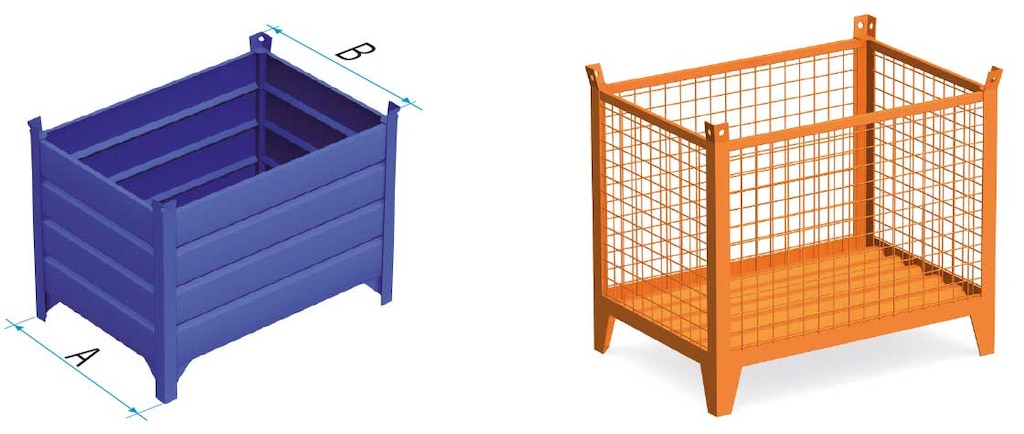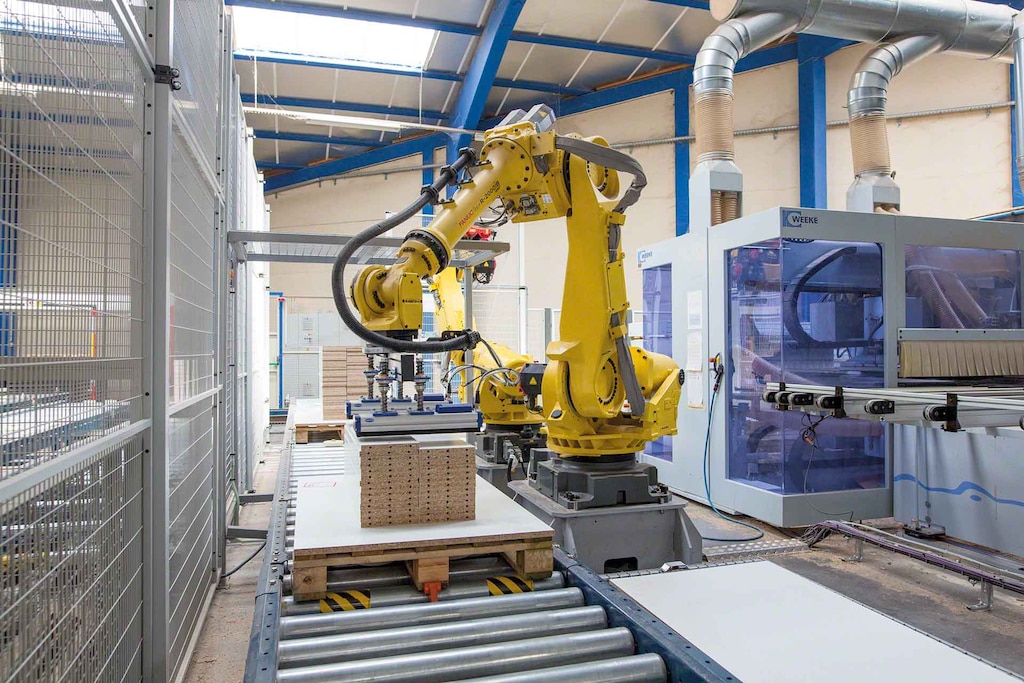
Unitisation: ensuring load safety
Load unitisation is a priority for goods arriving at an installation, as it guarantees their security and facilitates product management in all operations. Below, we’ll examine the most popular strategies for grouping goods and see how unitisation simplifies the work of warehouse employees.
Load unitisation: what is it?
We’ll begin with a definition: Load unitisation consists of arranging and grouping products in order to:
- Preserve the integrity of the goods during all the phases that merchandise will go through in the installation.
- Facilitate and streamline product transfers. Obviously, moving one box after another one by one isn’t the same as transferring many of them all at once.
For unitisation to be done properly and meet these two objectives, the company should decide beforehand which unit load it will use for each of its SKUs and what guidelines it will follow when grouping goods.
The two most common unitisation modalities are stacking goods on pallets and piling them into industrial containers. Let’s break it down:
Palletisation
This is the most widespread method of unitisation. It involves gathering smaller products (mainly boxes) and placing them on a pallet. Although most are wooden, pallets can also be made of plastic or metal. In the US market, Grocery Manufacturers’ Association (GMA) pallets predominate, and their dimensions are 800 x 1200.
Pallets were first used during World War I with the aim of supplying the army with food and ammunition in the quickest, most efficient way. Nowadays, they are the most universal unit load because they contribute to safe goods handling and streamline the loading and unloading processes.
The products placed on top (boxes, sacks, reels, or single units) may match, be smaller than, or overhang the pallet dimensions. In any case, the goal is to stack the goods appropriately to ensure the stability of the unit as a whole.

Containerisation
Another way of unitising loads is containerisation, in which a container is used as a goods storage and transport unit. In these receptacles, boxes or single units are inserted and stored inside.
These unit loads are considered safer than pallets because containers are filled at their origin and unpacked at their destination.
Based on the type of product managed, containers can be of different characteristics and materials (metal, plastic, wood, or a combination of wood and metal). However, their sizes and features must respect the ISO 830 standard.

Advantages to unitisation
Load unitisation is highly beneficial for all supply chain operations. Here are some of the pluses:
- Easy goods handling. Without pallets and containers, goods handling would be slower and more tedious (box by box), thus causing delays in deliveries to customers.
- Streamlined goods management. Storage tasks, such as lorry loading and unloading, are performed more quickly, which brings down costs.
- Product identification. Items are sorted on pallets and in containers, making them easier to locate.
- Leveraged space. Unitisation makes the most of the available area in both the warehouse and the transport lorries. Allocating an individual slot for each box would drastically reduce storage capacity.
- Safety and stability. The goods are perfectly secured on pallets and in containers so as to avoid impacts and possible damage when being moved. The various pieces of handling equipment move these items safely.
There’s no doubt that the unitisation process goes beyond merely grouping goods together: its effectiveness helps to speed up all logistics processes and boost supply chain productivity.
Automating unitisation
Unitisation is a very repetitive operation. Consequently, it’s easily automated with the help of mechanical arms. These robots can place boxes on pallets with total precision and without interruption. They are tools that stand out for their versatility, as they can handle boxes of varying sizes and attributes.
Any automatic process involving robots requires control software which is, of course, integrated with the warehouse management system (WMS).

Most items arriving at the installation are already palletised, meaning unitisation has been carried out previously (at the production plant or by suppliers).
Nevertheless, every time goods are received, the WMS compares the characteristics of the items with the slotting strategies integrated in it. On occasion, the goods have to be reorganised and placed on/in other pallets or containers to then be stored in the proper location.
Palletisation is also fundamental for goods dispatch. For practical purposes, unitisation is akin to goods prep. It constitutes gathering various items, placing them on/into a unit load, and, ultimately, sending them to customers.
The first logistics process
Unitisation is a cross-cutting concept in logistics. Grouping and securing the goods while maintaining them in proper condition facilitates their handling and transfer, resulting in greater agility and better customer service. Pallets and containers have become the go-to unit loads because of their strength and easy handling.
In warehouses, storage systems must be specifically designed to accommodate the unit loads used, whether pallets or containers. At Mecalux, we have warehouse storage solutions for all types of palletised products, boxes, and containers. Don’t hesitate to contact Mecalux to learn more about the most advanced solutions available for your business.
